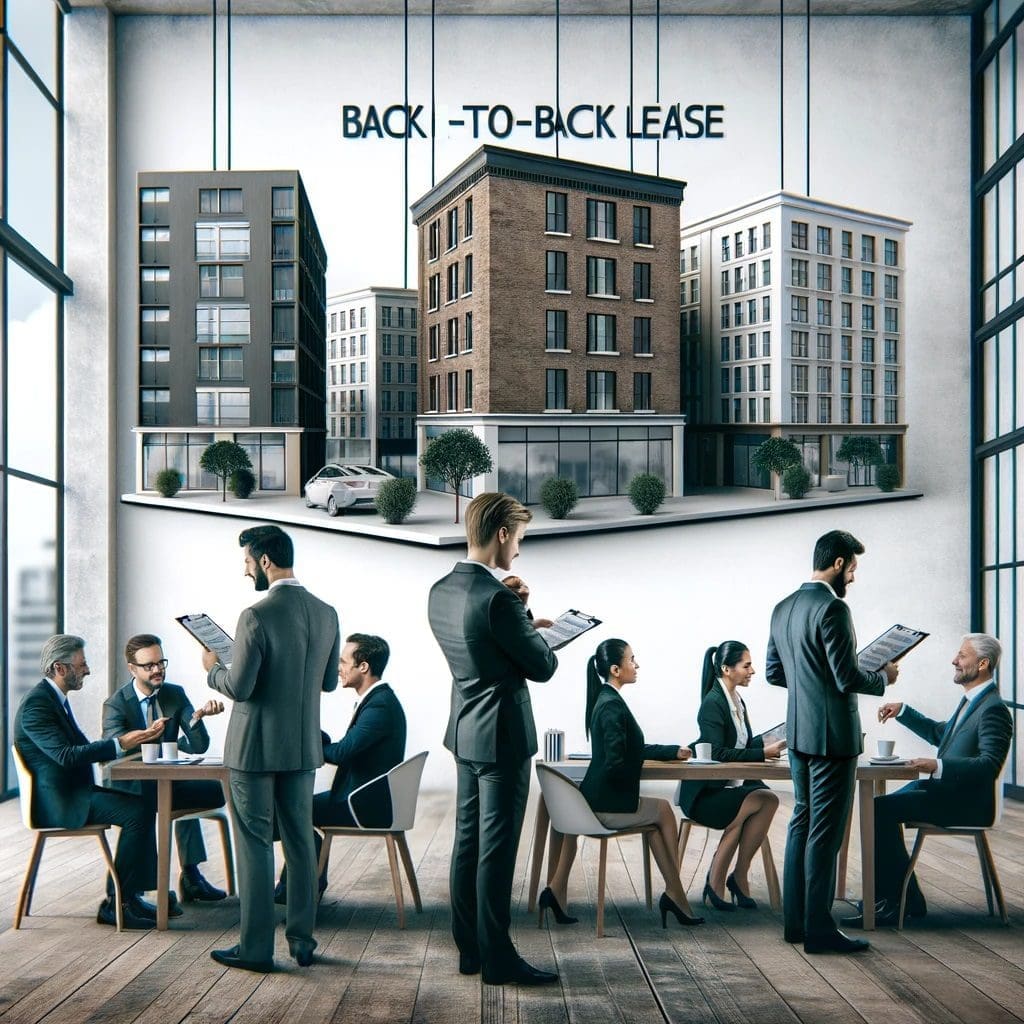How to Negotiate Effective Back-to-Back Lease Terms
In the dynamic world of commercial real estate, Back-to-Back Leases represent a strategic and innovative approach to leasing arrangements. This specialized form of lease agreement is increasingly gaining traction among landlords and tenants, offering unique advantages in various real estate transactions. Understanding the nuances, benefits, and potential pitfalls of Back-to-Back Leases is essential for anyone involved in the commercial property market.
What is a Back-to-Back Lease?
At its core, a Back-to-Back Lease is an agreement where a landlord takes over a tenant’s existing lease in exchange for the tenant’s commitment to lease a space in the landlord’s building. This type of lease acts as a compelling incentive for prospective tenants, particularly when transitioning between properties. For example, a landlord might agree to cover the rent of a tenant’s current location until the lease expires, provided the tenant relocates to the landlord’s property. In some cases, landlords may offer a lump sum payment to buy out the tenant’s existing lease, providing financial motivation for both the tenant and the owner of the tenant’s current building.
Benefits for Landlords and Tenants
The Back-to-Back Lease structure offers several benefits. For landlords, it’s a powerful tool for attracting tenants, especially in competitive markets. By easing the financial burden associated with moving spaces, landlords can fill their commercial properties more efficiently. Tenants, on the other hand, benefit from the financial flexibility and reduced costs associated with relocating. This type of lease arrangement can be particularly advantageous for businesses experiencing growth or needing to downsize, as it allows for more seamless transitions between spaces.
Legal Considerations and Challenges
While Back-to-Back Leases offer distinct advantages, they also come with their own set of legal complexities. Both landlords and tenants must carefully negotiate the terms of these agreements to ensure clarity and prevent future disputes. It’s crucial to define the responsibilities and obligations of each party, especially concerning lease duration, rent payments, and maintenance. Landlords and tenants should also be aware of any potential tax implications that might arise from such arrangements.
Real-World Applications and Scenarios
In practice, Back-to-Back Leases can be applied in various scenarios. For instance, a business looking to move to a more prominent location might find this lease arrangement particularly appealing. Similarly, landlords seeking to fill newly developed commercial spaces can use Back-to-Back Leases to entice tenants from less desirable locations. This leasing strategy is also beneficial in situations where a tenant needs to move quickly due to unforeseen circumstances, such as changes in business needs or market conditions.
Potential Pitfalls and How to Avoid Them
Despite their benefits, Back-to-Back Leases can present challenges. One potential issue is the alignment of lease terms between the old and new spaces. Discrepancies in lease durations or conditions can lead to complications. To mitigate these risks, it’s essential for both parties to engage in thorough due diligence and possibly seek legal counsel to navigate the intricacies of these agreements.
Conclusion
In summary, Back-to-Back Leases offer a flexible and beneficial solution for both landlords and tenants in the commercial real estate market. By understanding and effectively negotiating these leases, parties can achieve mutually advantageous outcomes. As the commercial property landscape continues to evolve, Back-to-Back Leases stand as a testament to the innovative approaches being adopted in real estate leasing strategies.
- Cornell LII Leaseback Overview and Legal Considerations
- American Bar Association Real Estate Section Leaseback Guide
- Urban Land Institute Sublease and Leaseback Structuring Strategies
- National Association of Realtors Commercial Lease Resources
- Attorneys.Media Back-to-Back Leases Strategic Insights


















